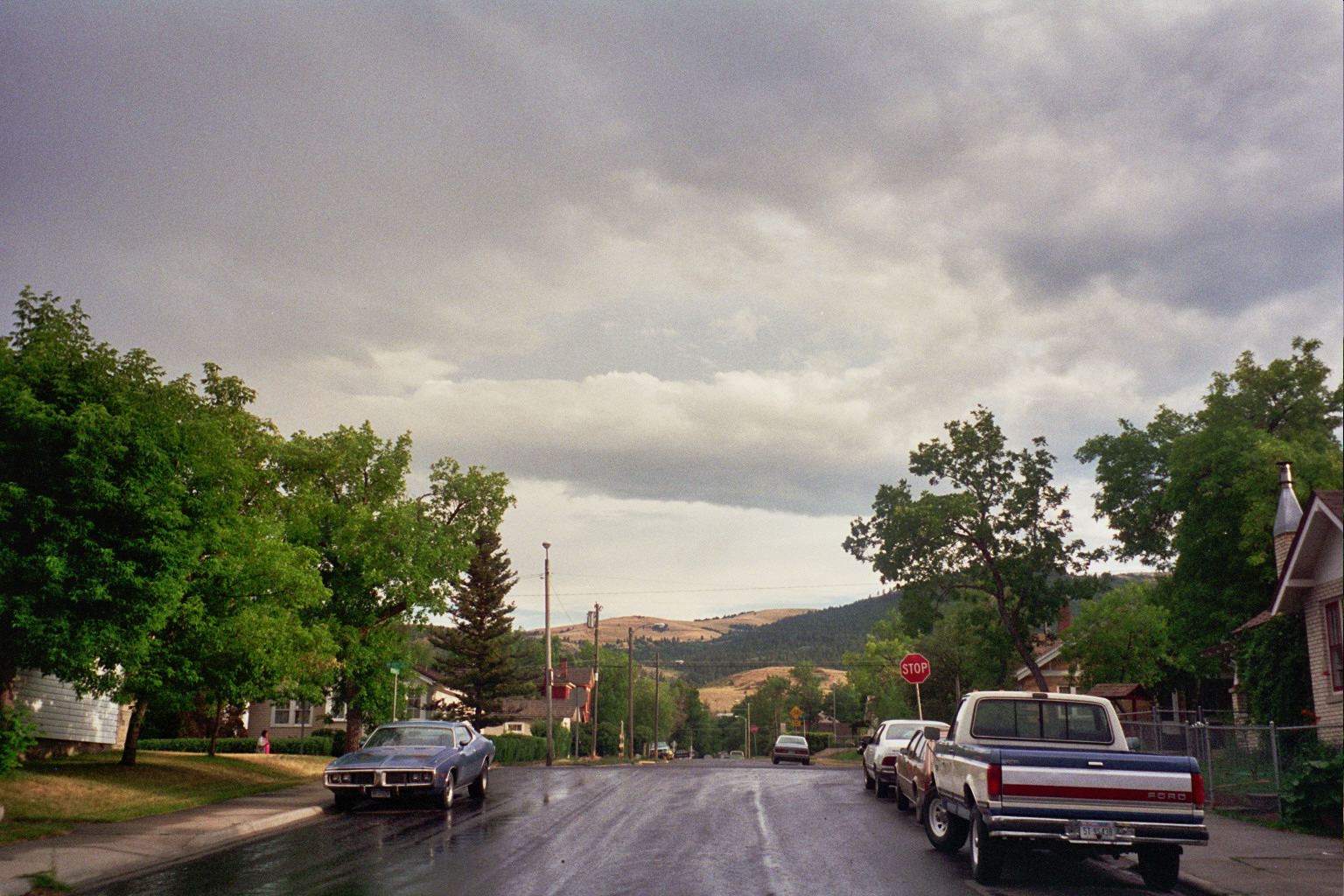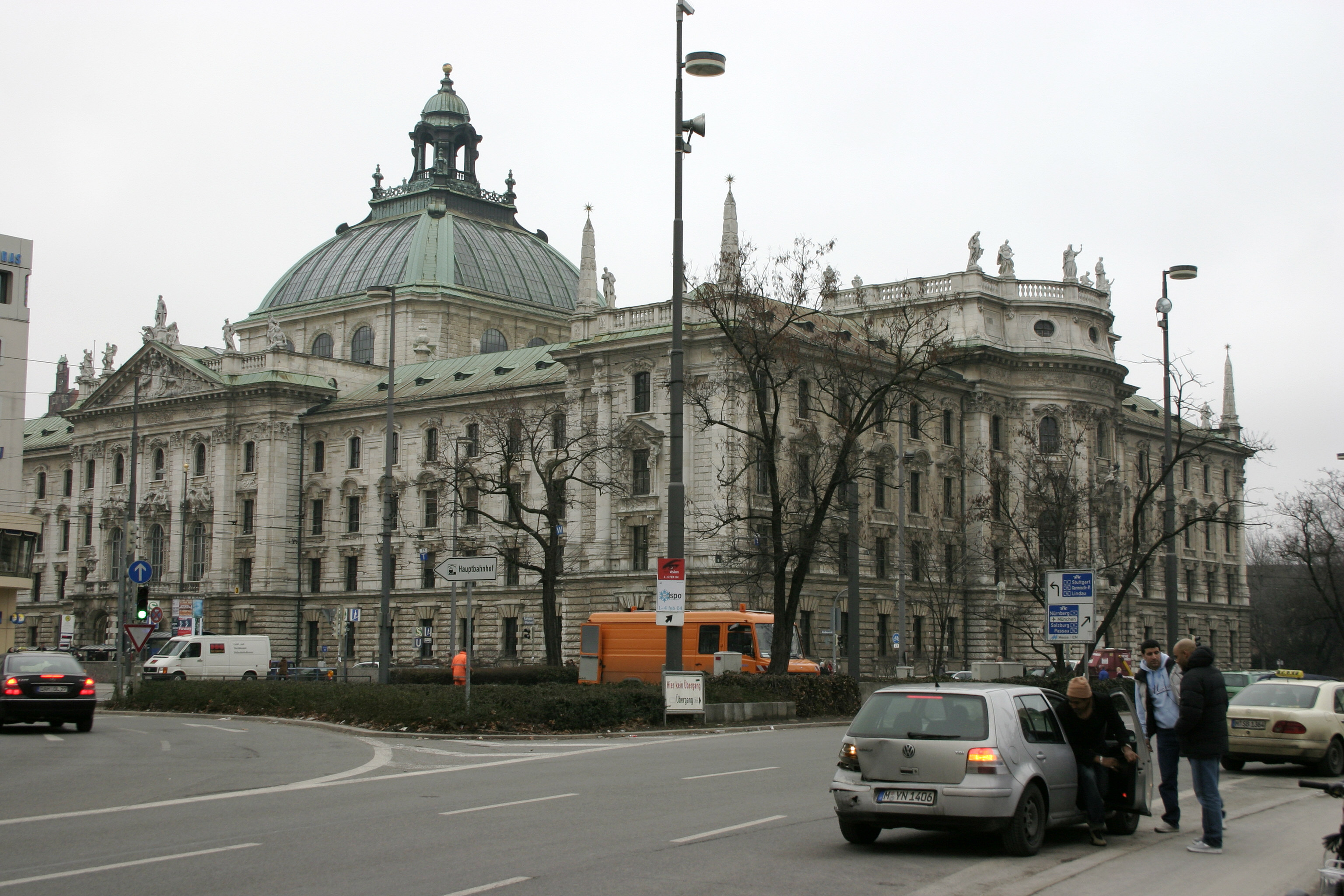|
Seamen's Association Of 1856
The Seamen's Association of 1856 (Danish: Sømandsforeningen af 1856) was founded in Copenhagen in 1856. It runs Princess Marie's Home for Old Seamen and Seamen's Widows (Danish: Prinsesse Maries Hjem for gamle Sømænd og Sømændsenker) in Christianshavn where the association is also based. History The charity was created at the initiative of seaman Peter Funk. He was born in Øster Marie on the island of Bornholm in 1823. His mother died when he was four and he went to Copenhagen when he was 17 where his career as a seaman began shortly thereafter. In 1856, he presented his plans to a group of seamen at a meeting in Copenhagen. This resulted in the foundation of the Seamen's Association of 1856 (Sømandsforeningen af 1856) and the first general meeting was held the following year. The association got off to a very slow start but in 1858 Funk met naval lieutenant A. B. Rothe who had read about the organization in the newspaper. A new general meeting was arranged, a committee was ... [...More Info...] [...Related Items...] OR: [Wikipedia] [Google] [Baidu] |
Residential Buildings Completed In 1875
A residential area is a land used in which housing predominates, as opposed to industrial and commercial areas. Housing may vary significantly between, and through, residential areas. These include single-family housing, multi-family residential, or mobile homes. Zoning for residential use may permit some services or work opportunities or may totally exclude business and industry. It may permit high density land use or only permit low density uses. Residential zoning usually includes a smaller FAR (floor area ratio) than business, commercial or industrial/manufacturing zoning. The area may be large or small. Overview In certain residential areas, especially rural, large tracts of land may have no services whatever, such that residents seeking services must use a motor vehicle or other transportation, so the need for transportation has resulted in land development following existing or planned transport infrastructure such as rail and road. Development patterns may be re ... [...More Info...] [...Related Items...] OR: [Wikipedia] [Google] [Baidu] |
Buildings And Structures In Christianshavn
A building, or edifice, is an enclosed structure with a roof and walls standing more or less permanently in one place, such as a house or factory (although there's also portable buildings). Buildings come in a variety of sizes, shapes, and functions, and have been adapted throughout history for a wide number of factors, from building materials available, to weather conditions, land prices, ground conditions, specific uses, prestige, and aesthetic reasons. To better understand the term ''building'' compare the list of nonbuilding structures. Buildings serve several societal needs – primarily as shelter from weather, security, living space, privacy, to store belongings, and to comfortably live and work. A building as a shelter represents a physical division of the human habitat (a place of comfort and safety) and the ''outside'' (a place that at times may be harsh and harmful). Ever since the first cave paintings, buildings have also become objects or canvasses of much artis ... [...More Info...] [...Related Items...] OR: [Wikipedia] [Google] [Baidu] |
Hotel Bethel
Sømandshjemmet Bethel, now known as Hotel Bethel, is a sailor's hostel overlooking the Nyhavn canal in central Copenhagen, Denmark. Today it is mainly used as a residential hotel. The site also comprises a sailor's church. History From the 1870s, Pastor Daniel C. Prior, pastor aty at Church of Holmen, together with his wife, engaged in missionary work among sailors in Copenhagen. In 1876, they made contact with Ninna and Andreas Wollesen, a married couple who, for several years, had been involved in missionary work among sailors in New York City before being sent to Copenhagen by an organization to continue their activity there. In 1879, Wollesen and Prior opened a seamen's room in Holbergsgade. Two years later, it was replaced by an old ship, Bethel, which was berthed at the end of the Nyhavn canal. It contained a church room seating 300, kitchen facilities and a reading room. In 1904, ''Sømandsmissionens board acquired the property at Nyhavn on the corner of Holbergsgade a ... [...More Info...] [...Related Items...] OR: [Wikipedia] [Google] [Baidu] |
Ta' Lidt Solskin
Taw, tav, or taf is the twenty-second and last letter of the Semitic abjads, including Phoenician Tāw , Hebrew Tav , Aramaic Taw , Syriac Taw ܬ, and Arabic ت Tāʼ (22nd in abjadi order, 3rd in modern order). In Arabic, it is also gives rise to the derived letter Ṯāʼ. Its original sound value is . The Phoenician letter gave rise to the Greek ''tau'' (Τ), Latin T, and Cyrillic Т. Origins of taw Taw is believed to be derived from the Egyptian hieroglyph representing a tally mark (viz. a decussate cross) Z9 Arabic tāʼ The letter is named '. It is written in several ways depending on its position in the word: Final ('' fatha'', then with a sukun on it, pronounced , though diacritics are normally omitted) is used to mark feminine gender for third-person perfective/past tense verbs, while final (, ) is used to mark past-tense second-person singular masculine verbs, final (, ) to mark past-tense second-person singular feminine verbs, and final (, ) to ma ... [...More Info...] [...Related Items...] OR: [Wikipedia] [Google] [Baidu] |
Mansard Roof
A mansard or mansard roof (also called a French roof or curb roof) is a four-sided gambrel-style hip roof characterised by two slopes on each of its sides, with the lower slope, punctured by dormer windows, at a steeper angle than the upper. The steep roof with windows creates an additional floor of habitable space (a garret), and reduces the overall height of the roof for a given number of habitable storeys. The upper slope of the roof may not be visible from street level when viewed from close proximity to the building. The earliest known example of a mansard roof is credited to Pierre Lescot on part of the Louvre built around 1550. This roof design was popularised in the early 17th century by François Mansart (1598–1666), an accomplished architect of the French Baroque period. It became especially fashionable during the Second French Empire (1852–1870) of Napoléon III. ''Mansard'' in Europe (France, Germany and elsewhere) also means the attic or garret space itsel ... [...More Info...] [...Related Items...] OR: [Wikipedia] [Google] [Baidu] |
Baroque Revival Architecture
The Baroque Revival, also known as Neo-Baroque (or Second Empire architecture in France and Wilhelminism in Germany), was an architectural style of the late 19th century. The term is used to describe architecture and architectural sculptures which display important aspects of Baroque style, but are not of the original Baroque period. Elements of the Baroque architectural tradition were an essential part of the curriculum of the École des Beaux-Arts in Paris, the pre-eminent school of architecture in the second half of the 19th century, and are integral to the Beaux-Arts architecture it engendered both in France and abroad. An ebullient sense of European imperialism encouraged an official architecture to reflect it in Britain and France, and in Germany and Italy the Baroque Revival expressed pride in the new power of the unified state. Notable examples * Akasaka Palace (1899–1909), Tokyo, Japan * Alferaki Palace (1848), Taganrog, Russia * Ashton Memorial (1907 ... [...More Info...] [...Related Items...] OR: [Wikipedia] [Google] [Baidu] |
Langelinie
Langelinie ( English: Long Line) is a pier, promenade and park in central Copenhagen, Denmark, and home of ''The Little Mermaid'' statue. The area has for centuries been a popular destination for excursions and strolls in Copenhagen. Most cruise ships arriving in Copenhagen also berth at Langelinie Pier. History Military area and the first promenade The name Langelinie goes back to the middle of the 17th century where it referred to an idyllic path along the Øresund coast that rounded the citadel Kastellet and continued towards a lime kiln north of the city. For a long time, the stretch was a military area where civilians were not granted unrestricted access. Under a general order from 1819, soldiers were required to "throw water in the head and on the breast and to cool their feet in the water". Eventually a beach promenade and a park for the Bourgeoisie were made but with access only on the payment of a toll to keep the more common people out. Not until a public uprisin ... [...More Info...] [...Related Items...] OR: [Wikipedia] [Google] [Baidu] |
Danish Language
Danish (; , ) is a North Germanic language spoken by about six million people, principally in and around Denmark. Communities of Danish speakers are also found in Greenland, the Faroe Islands, and the northern German region of Southern Schleswig, where it has minority language status. Minor Danish-speaking communities are also found in Norway, Sweden, the United States, Canada, Brazil, and Argentina. Along with the other North Germanic languages, Danish is a descendant of Old Norse, the common language of the Germanic peoples who lived in Scandinavia during the Viking Era. Danish, together with Swedish, derives from the ''East Norse'' dialect group, while the Middle Norwegian language (before the influence of Danish) and Norwegian Bokmål are classified as ''West Norse'' along with Faroese and Icelandic. A more recent classification based on mutual intelligibility separates modern spoken Danish, Norwegian, and Swedish as "mainland (or ''continental'') Scandin ... [...More Info...] [...Related Items...] OR: [Wikipedia] [Google] [Baidu] |





